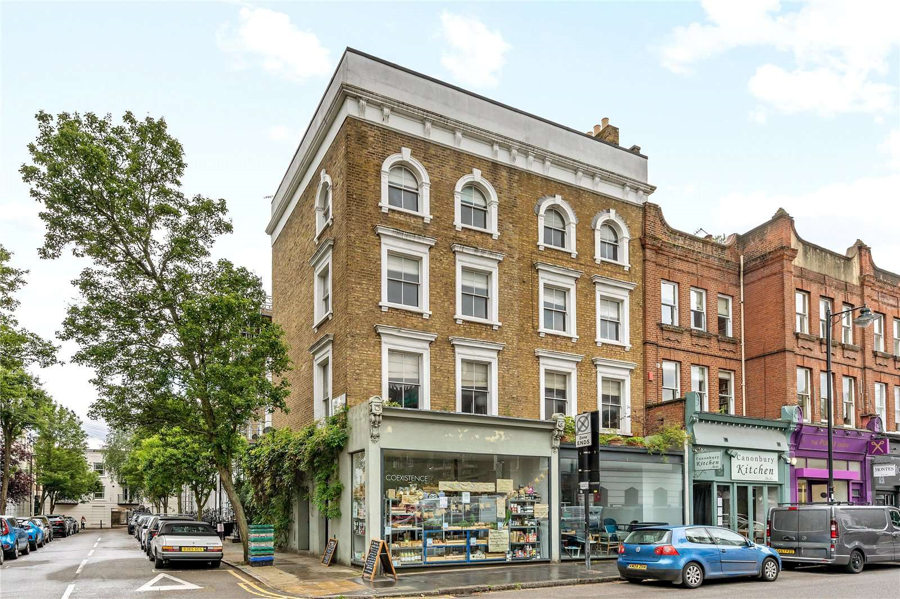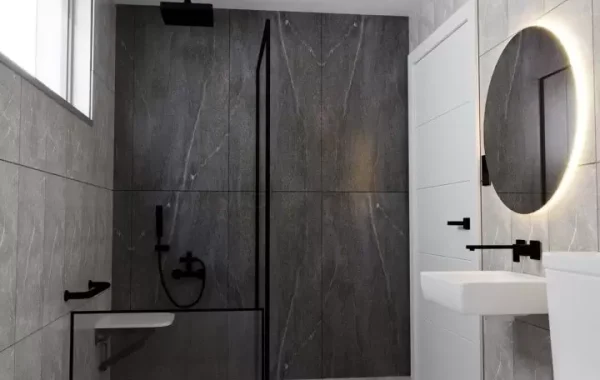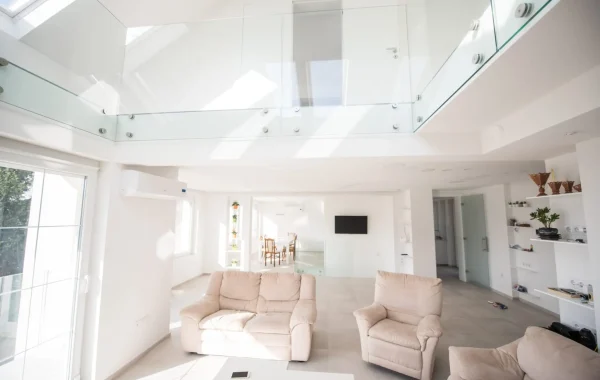Islington Canonbury Change of Use: A Symphony of Transformation in London’s Heart
Nestled in the heart of London, the neighborhoods of Islington and Canonbury have long been the silent witnesses to the ebb and flow of the city’s dynamic spirit. Amidst the historic architecture and cobbled streets, a subtle but transformative phenomenon has been quietly reshaping the landscape—the Islington Canonbury Change of Use. This intricate dance of evolution and adaptation has become a fascinating narrative, weaving itself into the very fabric of these iconic neighborhoods.
Change of use refers to the process of repurposing a property for a different function than its original intended use. In the case of Islington and Canonbury, this phenomenon has manifested in a myriad of ways, reshaping the skyline and altering the urban experience.
Historically, both neighborhoods have been known for their residential charm, with Victorian and Georgian architecture defining the landscape. However, the winds of change have blown through, and the areas are witnessing a metamorphosis, as old warehouses become trendy loft apartments, and former industrial spaces find new life as artisanal shops and modern offices.
Islington, with its eclectic mix of boutiques, cafes, and cultural hotspots, has long been a magnet for creative minds. The Change of Use phenomenon in Islington has seen a subtle but significant shift in the landscape. Former factories and warehouses, once abandoned relics of the industrial age, are now vibrant hubs of innovation and creativity.
Picture a converted warehouse, its brick façade now adorned with murals, housing a co-working space that buzzes with the energy of entrepreneurs, artists, and tech enthusiasts. The Change of Use has breathed new life into these spaces, fostering a sense of community and collaboration that defines the modern Islington experience.
From Victorian townhouses to contemporary art galleries, the evolution is not just structural but cultural. The streets that once echoed the footsteps of the past now resonate with the heartbeat of a dynamic and ever-changing present.
Adjacent to Islington, Canonbury is a haven of leafy streets and elegant Georgian squares. The Change of Use in Canonbury has taken on a more nuanced character, blending the historical charm with a modern sensibility. Here, a former stable might find itself transformed into a cozy bistro, while a Georgian townhouse becomes a boutique fitness studio.
The metamorphosis is not only visible in the architecture but also in the community dynamics. As new businesses and residents take root, the neighborhood becomes a tapestry of diversity, where the old and the new coexist harmoniously.
While Change of Use brings a wave of innovation and economic vitality, it also raises questions about the preservation of local identity. Longtime residents may grapple with the juxtaposition of modernity against the backdrop of historical architecture. Striking a balance between progress and preservation becomes a delicate dance, requiring thoughtful urban planning and community engagement.
As Islington and Canonbury continue to evolve, the Change of Use phenomenon remains a key player in shaping their destinies. The neighborhoods are not just spaces but living stories, each transformation adding a new chapter to the narrative of these iconic locales.
The challenge for residents, urban planners, and businesses alike lies in navigating this transformation with sensitivity and foresight. How can the communities embrace change without losing the essence of what makes Islington and Canonbury unique? The answer, perhaps, lies in fostering a sense of continuity while allowing for the organic growth that defines vibrant urban landscapes.
The Islington Canonbury Change of Use is a testament to the dynamic nature of cities, where the past and the present coalesce to create a rich and ever-evolving tapestry. As the neighborhoods continue to reinvent themselves, the story of Islington and Canonbury serves as a microcosm of the broader urban narrative—a narrative that unfolds in the winding streets, adaptive spaces, and the collective heartbeat of the community. The Change of Use is not just a physical transformation but a reflection of the resilience and creativity that defines the spirit of these iconic London neighborhoods.





